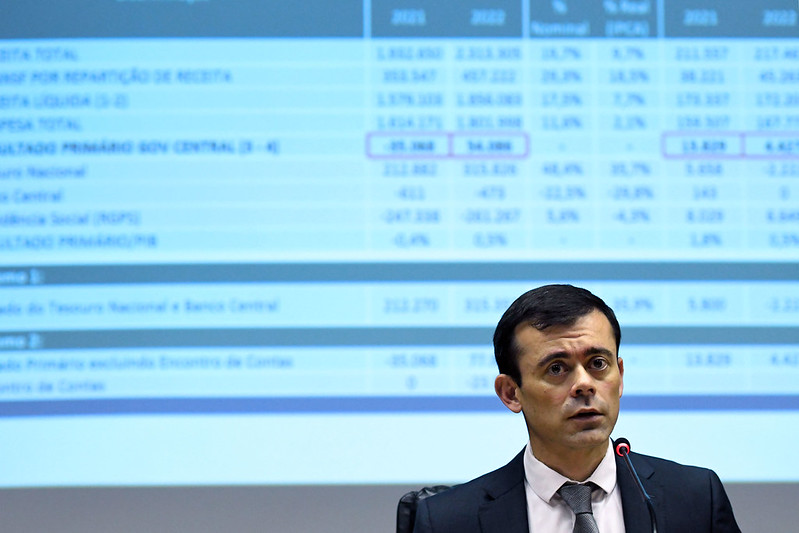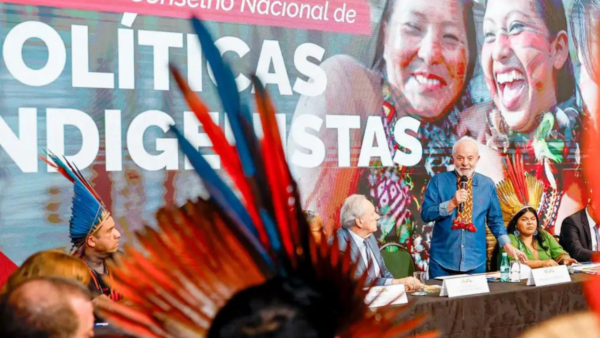The gross national debt of Brazil’s public sector (which takes into account liabilities of governments at federal, state, and municipal levels, as well as state-owned companies) reached BRL 7.2 trillion (USD 36.6 billion) at the end of 2022.
As a percentage of GDP, public debt fell to 73.5 percent — from 86.9 percent in December 2020, when the government poured billions into policies to counter the effects of the Covid downturn. It is Brazil’s lowest debt-to-GDP ratio since July 2017, per the Central Bank.
The results came despite record spending (BRL 586.4 billion). The Central Bank says the result was due to the growth of the economy in 2022 (estimated to have reached 3 percent), the Brazilian currency’s rise against the U.S. dollar last year, and net debt redemptions.
Brazil spent almost 6 percent of its GDP on debt interests, the highest amount since 2017. That happened because of stubbornly high inflation rates (5.79 percent in 2022) and double-digit benchmark interest rates. Roughly one-third of liabilities are pegged to price indexes.
The median year-end inflation forecast by market analysts surveyed weekly by the Central Bank stands at 5.74 percent for 2023 — well above the target of 3.25 percent, which has a 1.5-point tolerance range above or below.
Under newly-sworn-in President Luiz Inácio Lula da Silva, Brazil is undergoing something of a crisis of expectations among local investors. They fear the new government will be spendthrift as Lula promised to enhance social policies while defending less strict inflation goals and the end of the federal spending cap (a spending-control tool codified into the Constitution back in 2016).


 Search
Search






































